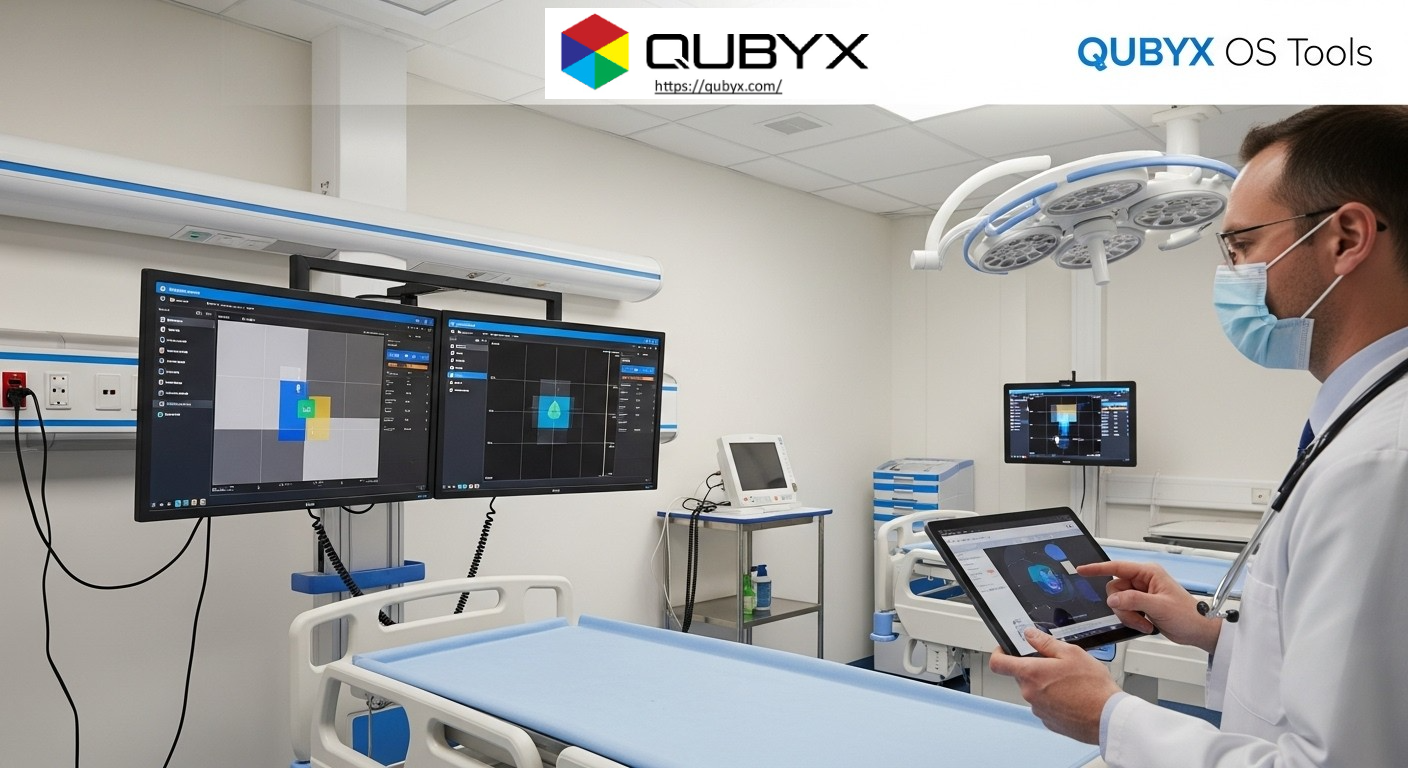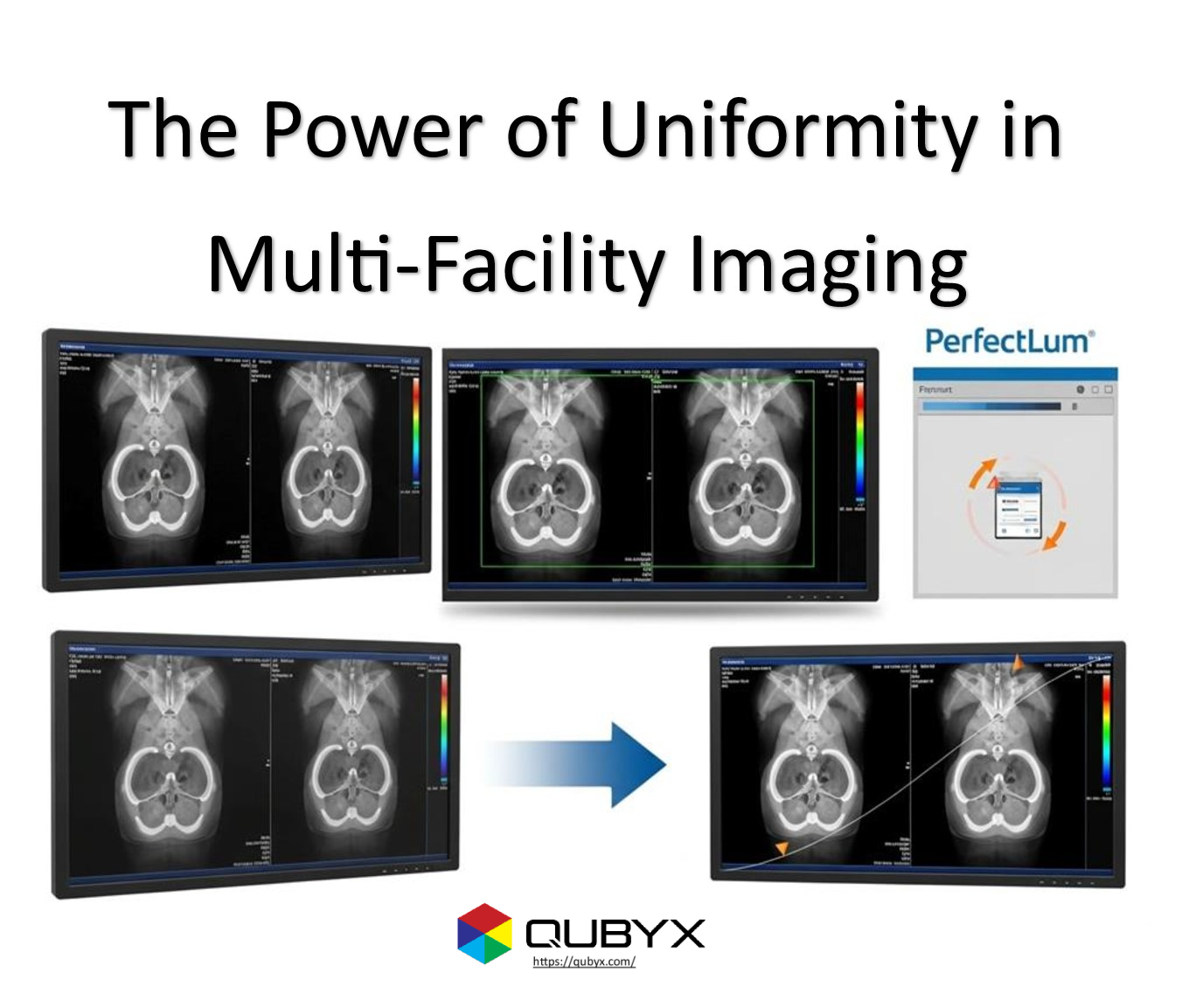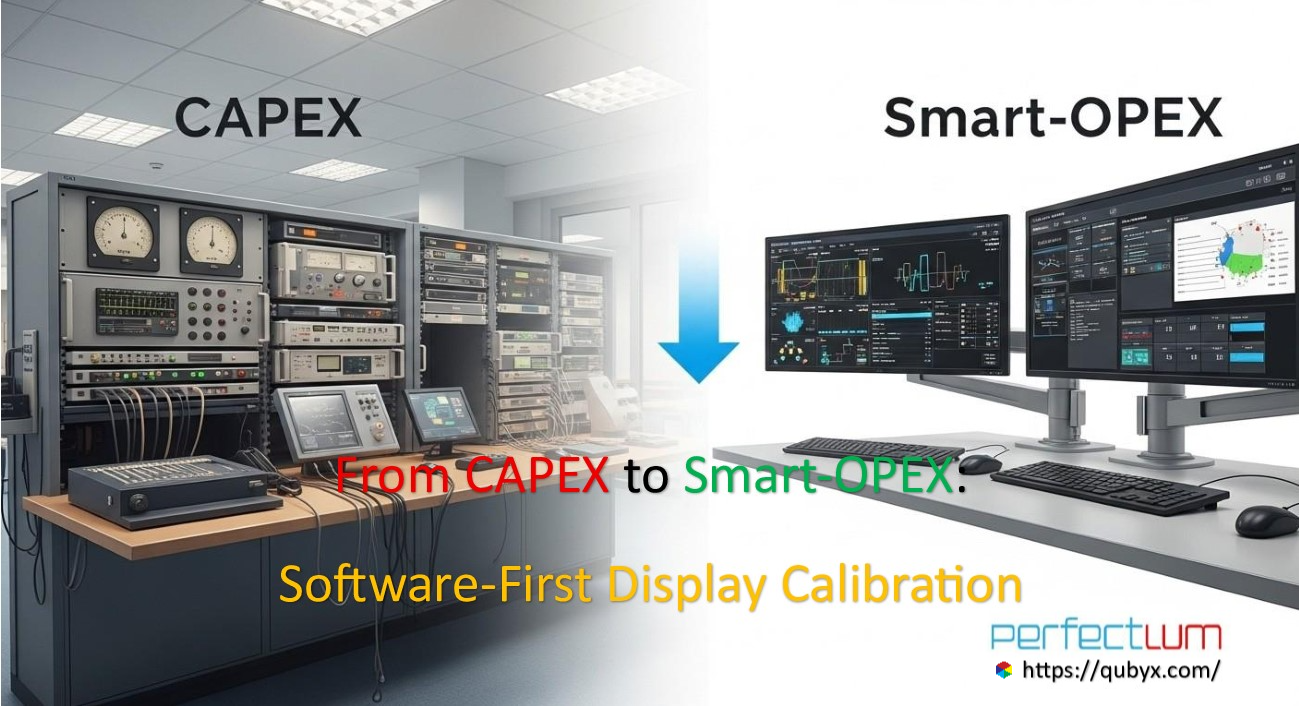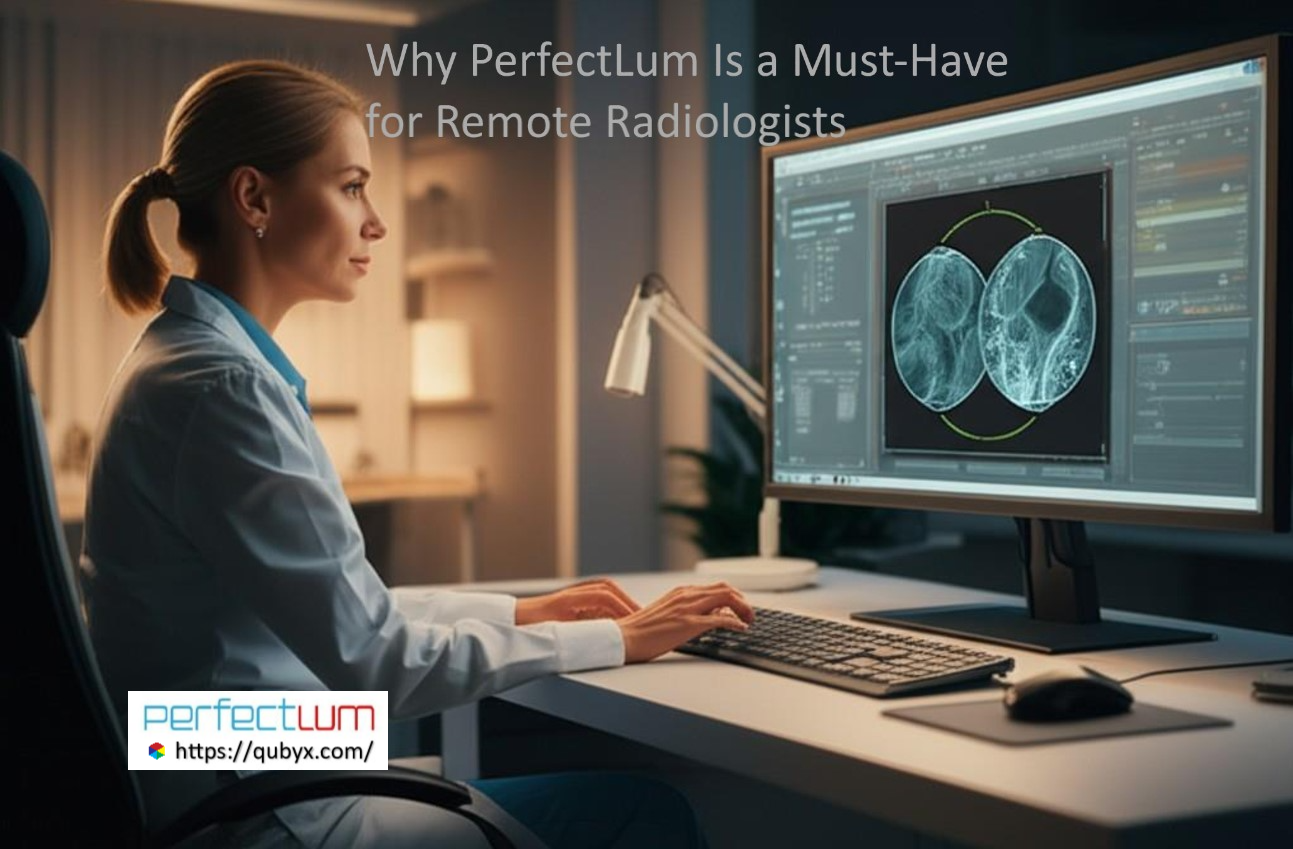News
- Home
- QUBYX OS Tools | Great Display Calibration for Hospitals

QUBYX OS Tools | Great Display Calibration for Hospitals
- October 19, 2025
- Shamsul
QUBYX OS Tools | The Smart Way for Hospitals to Save on Display Calibration Costs
When Precision Meets Budget
In modern healthcare, every diagnostic decision depends on image accuracy. Whether radiologists are reading a CT scan, pathologists are examining tissue slides, or clinicians are viewing ultrasound images, even minor display inconsistencies can lead to misinterpretations. Traditionally, maintaining this level of precision has meant investing in expensive hardware calibration systems — colorimeters, proprietary LUT boxes, and specialized vendor-locked software.
But now, there’s a better way.
QUBYX OS Tools, an open-source suite developed by QUBYX LLC, is redefining how hospitals approach calibration. By offering software-driven ICC profiling and DICOM-compliant calibration, it delivers the same — or even higher — accuracy levels at a fraction of the traditional cost.
1. The Problem with Hardware-Dependent Calibration
Hospitals have long relied on dedicated hardware to ensure their medical displays comply with standards such as DICOM Part 14 GSDF, DIN 6868-157, and AAPM TG18/TG270.
While reliable, these hardware systems come with challenges:
-
High upfront investment: Calibration devices and vendor software can cost thousands of dollars per workstation.
-
Licensing lock-in: Proprietary systems often restrict usage to certain monitors or brands.
-
Maintenance overhead: Devices require recalibration, firmware updates, and specialized training.
-
Limited scalability: Extending calibration to multiple departments or satellite clinics becomes cost-prohibitive.
For large healthcare networks, these costs quickly compound — turning quality assurance into a recurring financial burden.
2. Enter QUBYX OS Tools: Software-First Calibration
QUBYX OS Tools eliminates these barriers by shifting from hardware-first to software-first calibration. Built around the ICC color management standard and open-source architecture, it enables hospitals to perform full calibration and profiling using existing workstations and affordable color sensors.
Key Capabilities:
-
ICC and 3D LUT Profiling: Creates 3D-linked ICC profiles that ensure consistent luminance and color reproduction across any display.
-
DICOM GSDF Compliance: Accurately maps grayscale luminance to DICOM standards — essential for radiology diagnostics.
-
Cross-Platform Compatibility: Works seamlessly on Windows, macOS, and Linux without vendor lock-in.
-
Integration with QUBYX PerfectLum: When paired with PerfectLum QA Suite, it provides complete calibration, verification, and reporting for medical compliance (DIN, AAPM, IEC).
3. How Hospitals Save Costs with QUBYX OS Tools
Switching to software-based calibration is not just a technical upgrade — it’s a financial strategy.
a. Lower Initial Investment
Instead of spending thousands on proprietary hardware, hospitals can use cost-effective or even existing sensors combined with OS Tools to achieve identical calibration precision.
b. Reduced Licensing Fees
Because QUBYX OS Tools is open source, there are no per-seat licensing costs. Hospitals can deploy it across multiple workstations without financial strain.
c. Extended Equipment Lifespan
Accurate ICC profiling can revive older diagnostic displays, keeping them compliant with DICOM GSDF standards and delaying costly replacements.
d. Centralized Calibration Control
Integration with QUBYX’s PerfectLum allows centralized QA and calibration management across departments — reducing technician time and ensuring compliance for audits and ISO certifications.
4. Accuracy Without Compromise
Skeptics often assume cost reduction means lower quality — but with QUBYX OS Tools, the opposite is true.
By leveraging ICC v4 colorimetric precision and advanced gamma mapping algorithms, it achieves delta-E values below 1, exceeding the accuracy of many commercial calibration systems.
This ensures diagnostic confidence while empowering hospitals to maintain compliance on any display brand — from Barco and Eizo to Dell or HP.
5. Real-World Impact
Hospitals that have adopted software-first calibration strategies report significant cost reductions — up to 60–70% savings in display QA and maintenance budgets.
For multi-site healthcare networks, this translates into tens of thousands of dollars saved annually — without sacrificing diagnostic reliability.
6. The Future of Display Calibration
The future of medical imaging quality assurance is open, interoperable, and software-driven.
QUBYX OS Tools embodies this shift — offering a sustainable, scalable, and standards-compliant path forward for healthcare institutions worldwide.
Conclusion
With QUBYX OS Tools, hospitals no longer have to choose between accuracy and affordability.
They can achieve DICOM-compliant calibration, extend display life, and reduce operational costs — all while moving toward a more open, flexible, and future-proof imaging ecosystem.
Learn more about QUBYX OS Tools and PerfectLum Suite — the most advanced Claibration software-first solutions for radiology, teleradiology, and clinical imaging environments.
Visit www.qubyx.com
To secure medical-grade display precision while reducing the recurring costs of proprietary hardware, the answer is clear: transition to a Calibration Software platform like QUBYX OS Tools (Free) and PerfectLum today.
Tags:
QUBYX OS Tools, display calibration, ICC profiling, affordable medical imaging, DICOM GSDF, PerfectLum, hospital display QA, open-source calibration, software-first calibration
Related Posts
- October 26, 2025
- News
The Power of Uniformity | How PerfectLum Solved a Multi-Facility
- October 25, 2025
- News
From CAPEX to Smart-OPEX: Shifting Hospital Calibration Spending with Software
- October 25, 2025
- News
Cost-Effective Software by QUBYX to Help You Thrive Executive summary




